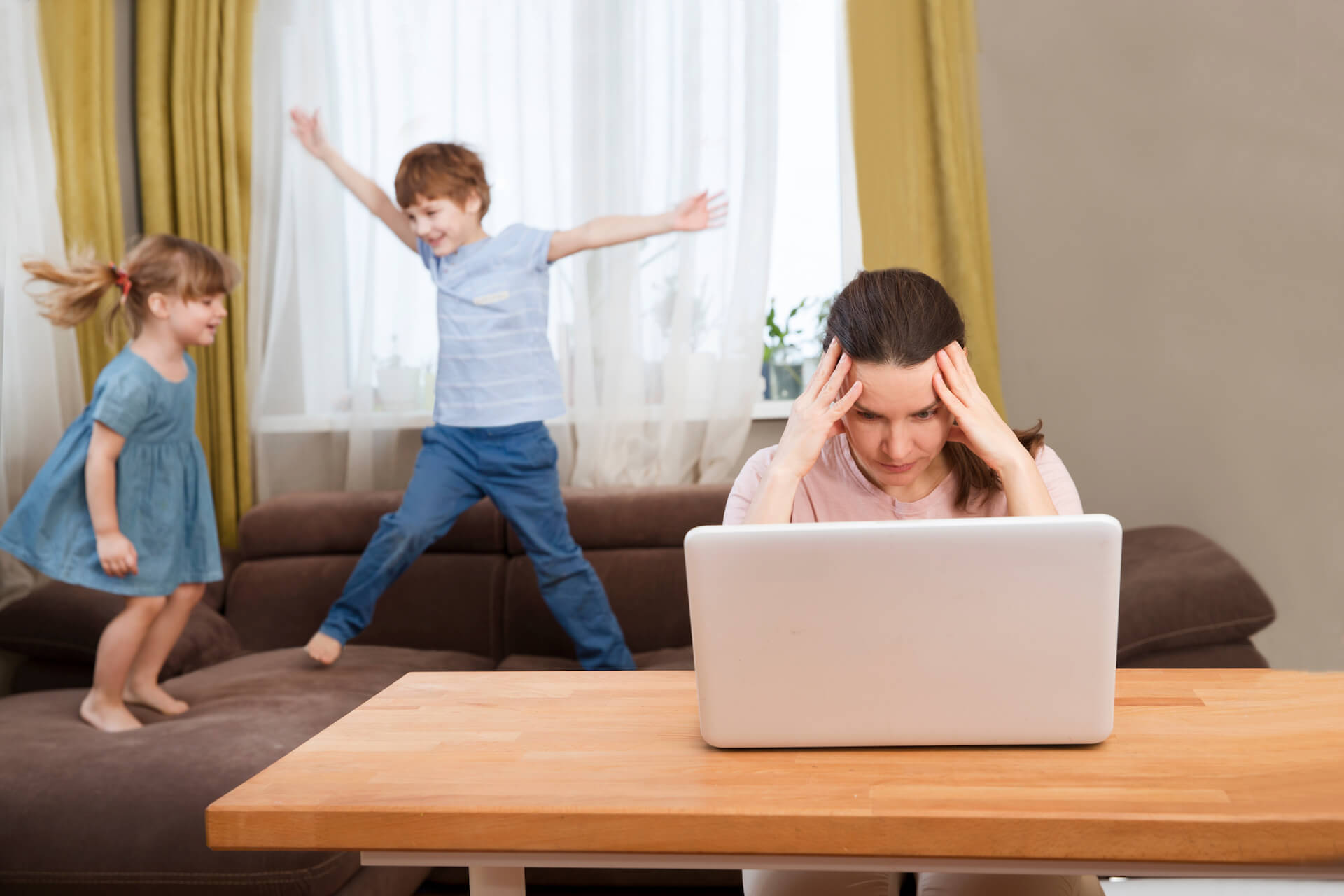How the Workplace Will Change After COVID-19
The Covid-19 pandemic affects employees and the businesses in which they work worldwide. Staff at all levels are seeing new technologies, practices and standards in the workplace post-Covid-19. Here are ways the workplace is changing and will continue to change in the aftermath of Covid-19.
-
Remote Work
Since the coronavirus outbreak, remote work has become a necessity. The number of employees who work from home increased within a mere three weeks, from 31 percent to 62 percent. The transition was set up for some part-time workers, while others had to make the switch swiftly and fully.
Gallup surveys have found that workers in industries, like technology, arts, media, entertainment and finance, mostly prefer to work from home. In contrast, most employees in retail, education, construction and transportation would rather return to the office or professional workplace.
Several factors determine whether employees are ready to transition to remote work situations. Workplace safety is one key element. Job demands should be evaluated. Employers should be aware of the comfort levels of staff. The ability for teams to work remotely (rather than in-person) is also paramount.
Companies are discovering that working from home (WFH) is profitable. However, not all work is or can be done remotely. Employers are increasingly giving personnel the option to choose WFH. Some employees miss the camaraderie of in-person teamwork. But flexibility will be the new normal.
-
Workplace Configurations
Since the coronavirus spreads via person-to-person contact, social distancing will continue even in the workplace. Seating arrangements will shift in the office, as desks are safely spaced out. In the rare event that desks are shared, teams will track which desks are used more than once.
Desk management tools will become popular. When staff do work in the office, they will have the opportunity to book desks for the day. A virtual map with drag and drop features allows employers and employees to see which areas of an office are safe to use.
Plexiglass barriers commonly seen at restaurant buffets will also be in the office, separating colleagues from one another. Plexiglass cubicle partitions are here to stay. The clear barriers protect team members from respiratory droplets emitted through speaking, sneezing and coughing.
In order to facilitate meetings, company headquarters will see the inclusion of more video studios and meeting spaces. Replacing in-person meetings will be the video calls between team members. Video communications tools are making WFH possible during and after the coronavirus pandemic.
-
Touchless Fixtures
Employees will soon need to handle communal buttons less. Staff will be using contactless methods to access the elevator or break room coffee machine. Smartphones, for instance, will send commands to the elevator. More sinks will be installed to facilitate frequent handwashing.
Lighting will be controlled by voice-activated technology instead of switches. Employees will flush toilets or enter doors with a wave of their hands. Self-serve kitchens may be automated. New technologies will provide a contactless environment, but only for those companies that can afford the upgrades.
-
Fewer Staff Onsite
Staggered workforces are ideal solutions for those employees whose jobs require them to work onsite. Small groups of personnel may work on alternate days to minimize the consequences of having large numbers of staff huddled together in an office at once.
Companies are capping the number of personnel to about 30 percent, which facilitates adequate social distancing. Rather than focus on individual productivity, more corporations are honing in on enabling productive interactions between smaller groups of employees and building a sense of community.
-
Relaxed Work Attire
For years, technology staff have shown up to work in shorts and t-shirts. Post-coronavirus, employees at consulting firms, for instance, will have the freedom to dress casually when they are not meeting with clients. Wearing a suit or heels will no longer be a policy but a choice.
Since a large percentage of people are working from home due to the impact of Covid-19, they have gotten used to wearing relaxed attire. Upon returning to work, the trend toward casual workwear will continue. Although, some may still opt for the button-down shirt or pearls.
-
Health Screenings
Monitoring for sick employees will become routine. Scanning for fevers will occur, since high bodily temperatures are one symptom of Covid-19. Installing sensors under desks can alert managers of employees who are sick with a fever—but such measures are drastic and raise privacy issues.
Body thermal scanners may be added to workplaces of the future. The scanners beep if employees or visitors with fevers stand in front of the equipment. Full-body thermal scanners are pricey, costing $6,470 on average, but do send a message of reassurance to employees working onsite.
The downside of employers policing staff about health issues is that it can be demoralizing. Not all company managers are medical professionals, so interpreting any available health data would be difficult. Amidst the coronavirus upheaval, this is just another gray area to reckon with.
When you are unsure about how to navigate the unchartered waters of the Covid-19 pandemic, HRBOOST® is here to help. We are open for business and fully prepared to help your company rise above the unprecedented challenges presented by the global coronavirus outbreak.
Trained human resources professionals from HRBOOST® offer a range of Covid-19 policies so that you are ready to handle paid sick leave and emergency family medical leave situations lawfully. We also offer the Covid-19 Business Bundle to help you best respond to the current health crisis.
Packed with valuable information, our Covid-19 Bundle includes an exposure control plan, a Covid-19 related leave of absence policy and FFCRA instructions, among other documents to help you proactively manage your new employer obligations in the midst of the coronavirus outbreak.
Watch the Video: Surviving the Virtual Workplace
When you choose HRBOOST®, you partner with experienced and dedicated human resources experts. We’ll support you through the coronavirus pandemic as well as provide dependable HR services for all workplace concerns. If you own a business in Chicagoland, call HRBOOST® for a consultation.






